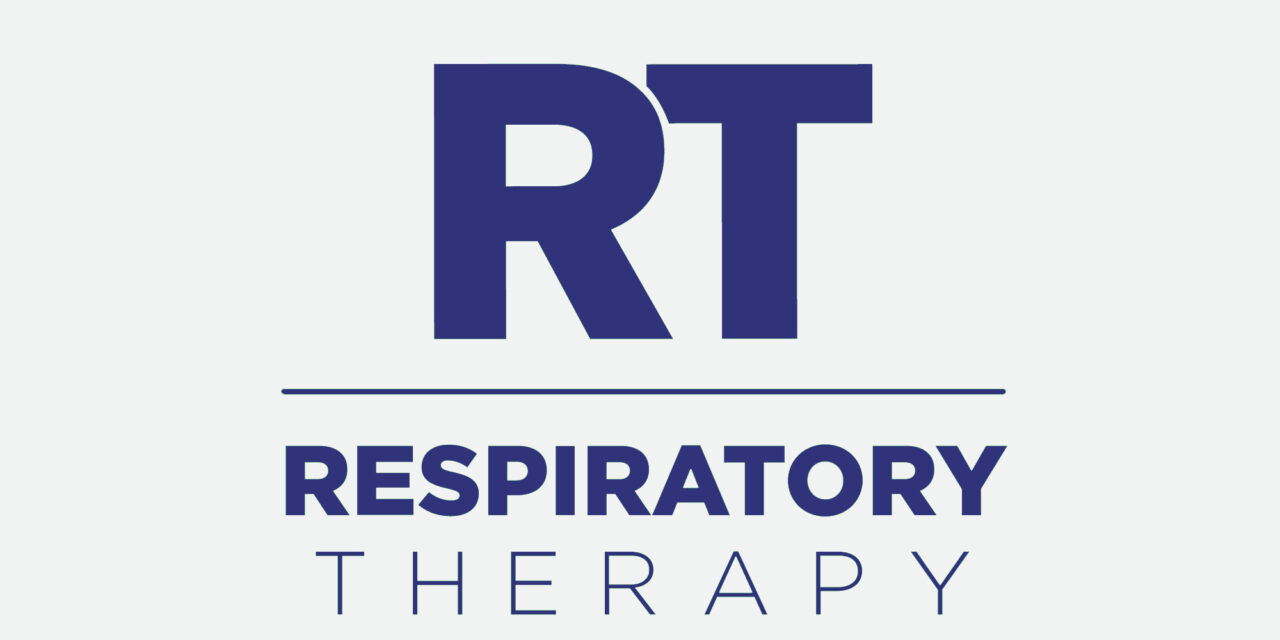People in extreme pain deserve all of the palliative care it takes to give them surcease from their suffering.
By Marian Benjamin
In 2001, the Dutch parliament made it legal for physicians to inject a sedative and lethal dose of muscle relaxant at the request of adult patients who were in great pain with no hope of relief.1 Dutch physicians had been performing euthanasia long before it was legalized—more than 20 years—always supposedly adhering to strict guidelines: patients had to be adults, competent, voluntarily repeating the request for death, and experiencing unbearable suffering from an irreversible illness.2 Following these guidelines allowed physicians to avoid prosecution at the hands of the state. Two studies,3,4 conducted in 1990 and 1995, however, revealed a frightening fact. In 1990, 31% and, in 1995, 22% of cases were “euthanasia without the explicit request of the patient.”

In August 2004, the KNMG—the Dutch physicians’ association—urged the Health Ministry to create an independent board to review euthanasia cases for the severely mentally retarded, terminally ill patients “with no free will,” including children, and people left in irreversible coma.1 It was then that a new guideline was proposed. This is the Groningen Protocol, named after the Groningen Academic Hospital, where it was conceived. The protocol would create a legal framework for permitting doctors to actively end the life of newborns deemed to be in unendurable pain from incurable disease or extreme deformities. Further, under the protocol, a parent’s role is limited.5 According to a hospital spokesperson, the “decision must be professional, it rests with the doctors.”
So, it was with some dismay that I read of the victory of Oregon following the Gonzales v Oregon6 decision in the US Supreme Court. I know, I know, the Court did not signal its approval of euthanasia, it merely ruled that Oregon physicians could not be prosecuted under the Controlled Substance Act. And physicians there do not perform “euthanasia,” they offer “physician-assisted suicide,” wherein they write a prescription for a lethal dose of medicine, which patients then take themselves. As well, the person requesting said dose has to be diagnosed as terminally ill (diagnosis must be confirmed by a consulting physician), 6 months from death, and of sound mind.7 (Did I mention that the sound-mind component is also contained in the Dutch law? And yet, there are documented cases of people who suffer from depression being euthanized.2)
Other states, too, will feel the impact of Gonzales v Oregon. California is looking at the Compassionate Choice Act (Assembly Bill 251), which has an improved chance of being passed. This bill also has wording that ensures the patient requesting a lethal dose of medication be in unendurable pain and terminally ill. I find it interesting, however, that the California Disability Alliance8 opposes the bill. In Vermont, where there is support for an assisted suicide bill, the Coalition for Disability Rights9 also opposes assisted suicide. What do they fear?
OK, I’ll say it: slippery slope. People in extreme pain deserve all of the palliative care it takes to give them surcease from their suffering. I would want it; but I sure would not want this kind of legislation to evolve to where anyone who was not perfect or perfectly healthy would have reason to worry, or to carry a “Life Passport,” cards that state the carrier does not want “physician-aid-in-dying” if they are hospitalized, as is the case in the Netherlands.10
RT
Marian Benjamin is the former editor of RT magazine. For more information contact [email protected].
References
1. Sterling T. Hospital performs euthanasia on infants. The Washington Times. December 1, 2004. Available at: www.washingtontimes.com/
world/20041130-5165r.htm. Accessed January 31, 2006.
2. Earll CG. Dutch (Holland/Netherlands) euthanasia: The Dutch disaster. CitizenLink. Available at: www.family.org/cforum/fosi/
bioethics/euthanasia/a0020008.cfm. Accessed January 31, 2006.
3. Van der Maas PJ, van Delden JJM, Pijenborg L. Euthanasia and other medical decisions concerning the end of life: an investigation performed upon request of the Commission of Inquiry into the medical practice concerning euthanasia. Amsterdam: Elsevier Sciences Publishers; 1990:181-182.
4. Van der Maas PJ, van der Wal G, Haverkate I, et al. Euthanasia, physician–assisted suicide, and other medical practices involving the end of life in the Netherlands, 1990-1995. New Engl J Med. 1995;335(22):1699-1705
5. Hewitt H. Death by committee. What the Groningen Protocol says about our world, and where it might lead next. The Weekly Standard. December 2, 2004. Available at: www.weeklystandard.com/. Accessed January 31, 2006.
6. Gonzales v Oregon, US Reports 546/2 (SC2006).
7. Oregon’s death with dignity law upheld by Supreme Court. Available at: www.indybay.org/
archivbes/archive_by_id.php?id=4069&category_id=12. Accessed January 31, 2006.
8. California Disability Alliance. AB 654 remains on inactive file; language has been amended into AB 651 (Levine). Available at: http://disweb.org/cda. Accessed February 3, 2006.
9. Smith WJ. Disabling assisted suicide. National Review Online. Available at: www.nationalreview.com/comment/smith2000401190806.asp. Accessed January 31, 2006.
10. Dutch death. Oregonian. January 8, 1995:17A.









